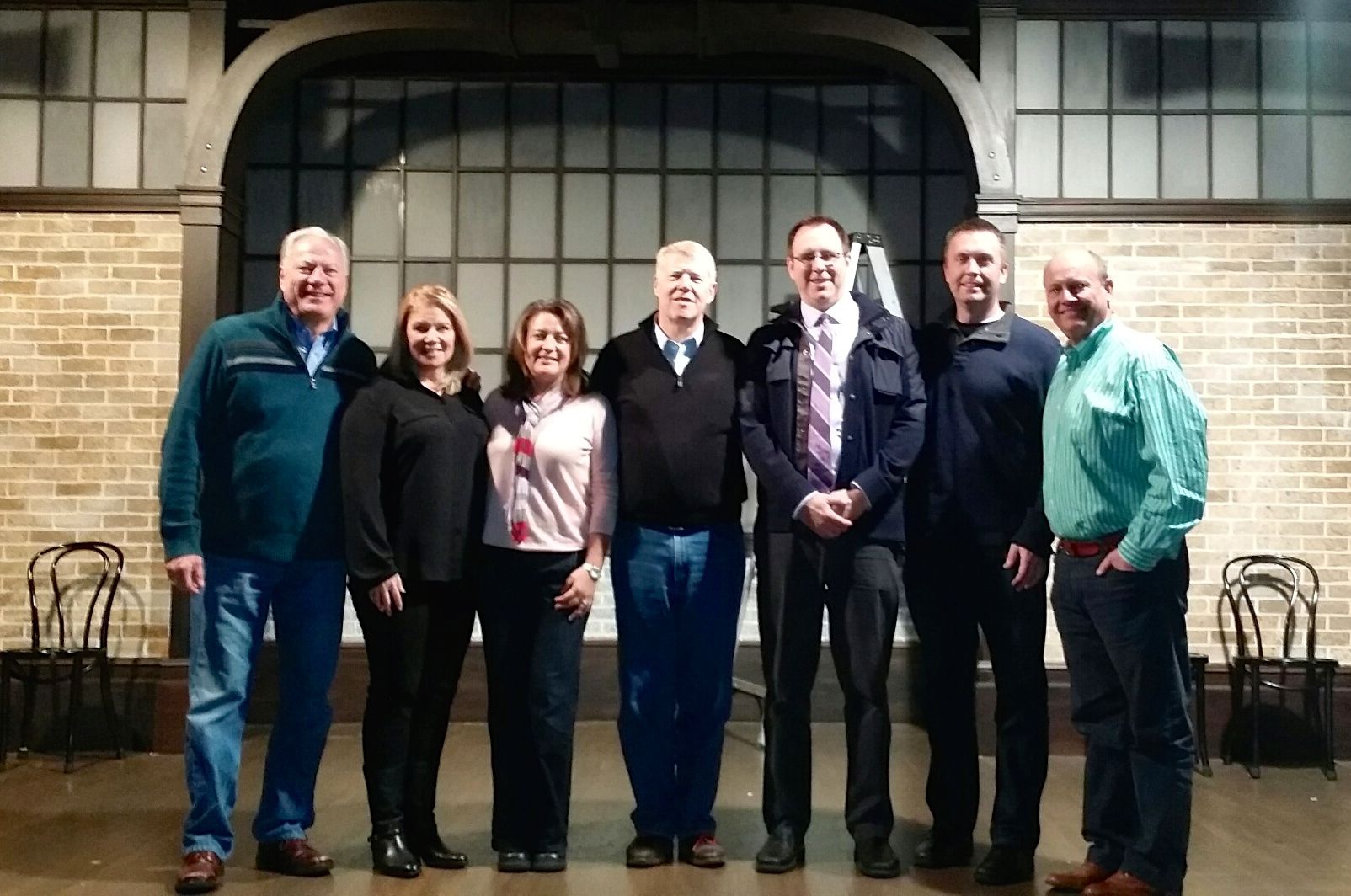
My Second City Debut
In mid-November, I took my CEO group to Chicago for a retreat. The highlight of the trip was a custom workshop at The Second City. We worked with two performers who also work for Second City Communications, a sister company created to serve businesses by leveraging the expertise and creativity of this world famous troupe of actors and actresses.
We “performed” on the main stage where the likes of John Belushi, Tina Fey, Bill Murray, Gilda Radner and George Wendt performed in years past.
We had a ball; the time flew as we laughed and learned. At the end of the day, the workshop taught or reinforced four important lessons we will apply as we lead our companies or strive to function more effectively in work teams and groups like the three peer groups I facilitate.
Here are the four lessons, straight from our debut on the main stage:
- Operating principles: The creative minds at Second City developed new skits for each review during brainstorming sessions. To allow the creative process to flourish, the crew wrote a set of operating principles that define how they interact during these sessions. My groups refer to these principles as group norms. They define what it means to be a member in good standing in our group. They give us permission to confront when we see behavior inconsistent with our norms. You can’t have a high-performing group without a clearly defined set of norms.
- Culture matters: Our facilitators stressed the value of creating “a culture of openness and acceptance” again and again during the workshop. The culture at Second City makes it safe to self-disclose, confront and hold others accountable. These dynamics are found in all high-performing groups.
- And vs. but: Research suggests that the words we choose and the tone of voice we use to emphasize those words influence how others interpret and react to what we say. We learned the word but negates what came before it; our facilitator referred to but as the word no dressed in a tuxedo. Replacing the word but with and can have a powerful impact on how we are heard and understood. Try it for a week; it will sound odd at first, and once you get used to it, you’ll start seeing the difference it makes.
- Should vs. could: Here’s an interesting exercise we did; I encourage you to try it. Close your eyes and pretend you’re a statue of someone saying, ”Here’s what you should do…” What pose did you assume? Close your eyes again and repeat the exercise pretending you’re a statue of someone saying, “Here’s what you could do…” What position did you assume this time? How were the poses different? Using the word should arouses the inner teenager in each of us. It makes us want to do anything but what was suggested we should do. In contrast, the word could opens our mind to consider what’s being suggested instead of rejecting the suggestion. Once you’ve gotten into the habit of using the word and instead of but, repeat the process substituting could for should.
None of these four lessons are rocket science. They’re simple concepts, not difficult to implement. And they can make us better leaders. Try just one. If it serves you well, please share your story.
